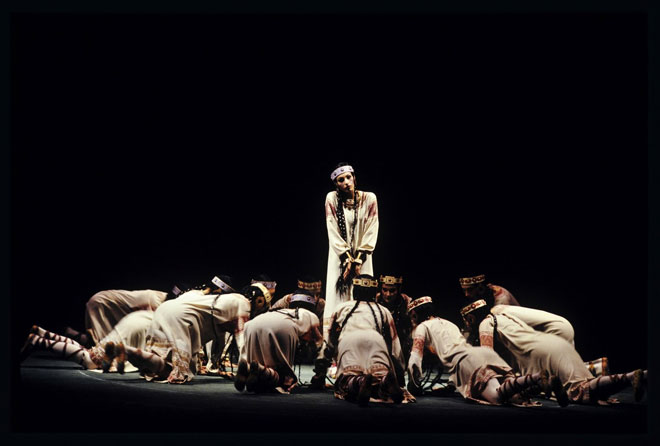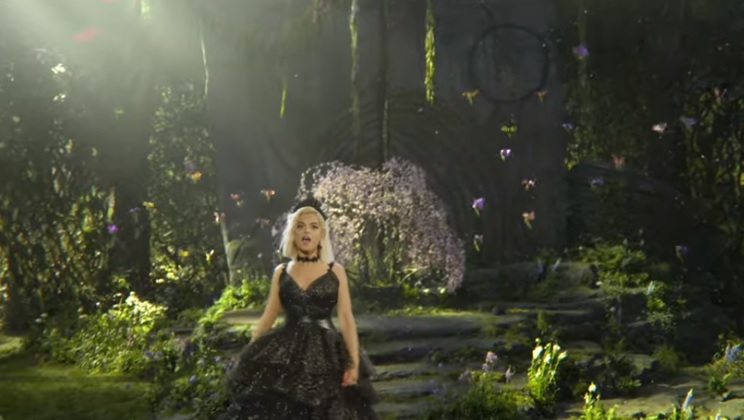Have you ever heard of the timbre of instruments? Maybe you’re not familiar with this word, but as a music consumer you probably have a preference for a certain genre (metal, pop, balkan, dance, RnB…). Much of the labelling of these genres comes from their timbre.
The concept of timbre has existed in music for hundreds of years, and has been used to give coherence to every musical concept throughout the ages. Over time, our view of timbre as an aesthetic element has evolved, and the musical technology of each era has been closely related to the taste for certain sonorities.


So, what is this all about? Well, in this blog I will explain in three examples how timbre has been reinvented from “classical” music composition to urban music productions. We will also see how today, with the most refined technology at the service of music, the concepts we develop based on timbre are probably more homogeneous than ever before.
Aquarium by Saint Saens and Obvious by Ariana Grande: the attenuation
In the case of Aquarium, a timbral effect evoking the sound of falling water is achieved by high-pitched string instruments. The effect of falling water is achieved through the arpeggios (notes that appear with a constant pulse and very frequently, tuned in different keys like falling drops) and through the timbre of the piano. Interesting, isn’t it?

In Obvious the theme of the lyrics is not related to water, but the important thing is the timbre, which is very similar. In both cases we have pianos that imitate the harp, and they also have a very close timbre. They are whorship or wall pianos, which have a very natural and elegant timbre, as well as being able to sound (if played softly) like a harp or lyre type stringed instrument, and not as percussive as other pianos such as grand pianos. The result is a very deep and relaxing sound.
In Aquarium the piano is real, in Obvious it is probably electronic; in one mimesis implies fantasy, in the other romanticism. They are very different concepts united by a very similar timbral vision. The result is also similar: and no, the one is not music for a pagan binge, and the other is not music for dancing in an after-party. Both achieve a relaxing effect.

In the case of Obvious, Ariana Grande’s piano and soulful voice are joined by a warm and balanced bass, powerful but not very invasive: the bass timbre, the equalisation and the positioning of the elements lead to this chill effect in a unique way. But of course, poor Saint-Säens didn’t have the marvel of the recording studio… but it is unquestionable the merit of creating so much magic with the elements at his disposal. An indescribably beautiful piece.
Stravinsky’s The Rite of Spring (Ritual of the Rival Tribes) and Boon’s You: The Excitation
Here we have the opposite case to the previous one: the texture is not smooth, but rough, squeaky, noisy. You get the idea, don’t you? There is always a tendency to define timbres synaesthetically. Let’s look at Stravinsky: do you hear that “burnt” touch of the trumpets? Well, it also has a real name: this technique is the growl. It is well known for use on the saxophone in the context of jazz style, but also on the trumpet, depending on whether an intense sound and natural excitement are required..

In the case of Boon we have dummy excitation, either analogue, digital, or emulation of analogue in digital format. It’s a way of giving more intensity to the sound and breaking it up in some way, so that it gives a stronger sensation. Look here at the timbre of the bass: it sounds like squealing, doesn’t it? Possibly this bass is made with a semi-modular analogue synthesizer, or with digital emulations in VST version. Analogue drivers (EQs, distortions, etc) are added to these emulations, so that the result is that broken effect of analogue sound amplification devices, when we turn up the volume a lot, only in this case it is more controlled and much more harmonic.
Noches en los jardines de España by Falla and Max’s Working for the weekend: the search for balance.
Listen to the introduction of Noches en los jardines de España (up to minute 2). Notice the variety of timbre it has: that piano, the tuba with its round sound, the bassoons with their nasal sound, the strings filling the whole frequency spectrum in piano dynamics. The whole sound, from bass to treble, is balanced, calm but full.
Working for the weekend is similar: we find a very smooth and full bass with a fast decay, guitars sketching notes with delays, and orchestral pizzicato reinforcements in the chorus. Added to all this are vocals and rhythmic effects in the treble. This sense of balance is achieved with full balance in the mix; here we see that there is not too much excitement, it is all balanced and the result is a balanced sonority.
We therefore find all kinds of textures: smooth, rough… we could also talk about flavours (acid sound…) and a thousand other types of synaesthesia. In this way it is easier to understand the concept of timbre uniformity that classical and urban music have.
And as you can see, the timbral reliefs that I discussed in the blog de the psychology of urban genres have always been there. The difference is that today they are very controlled and have a uniformity that would have been unimaginable until after the 50’s. I hope you liked this blog!
Remember that you can buy a rap, trap, dembow, pop, r&b, dembow, reggaeton…beat! A la carte.






